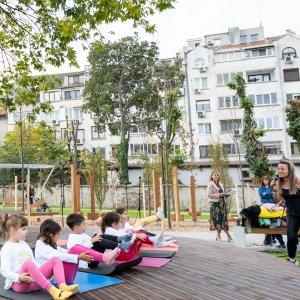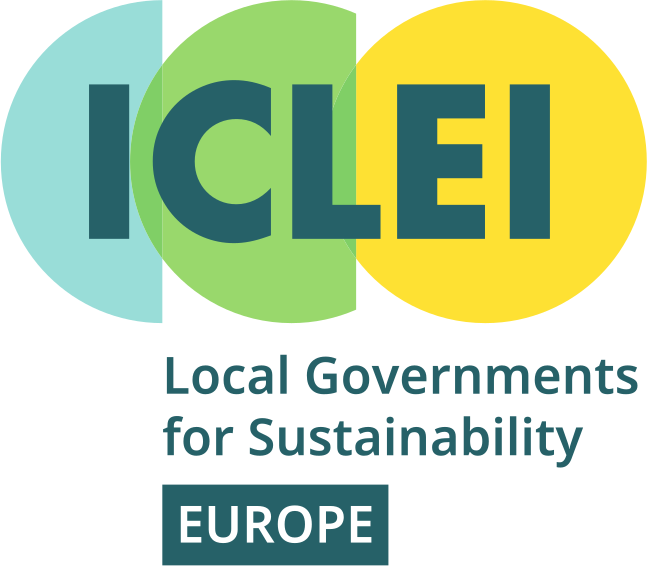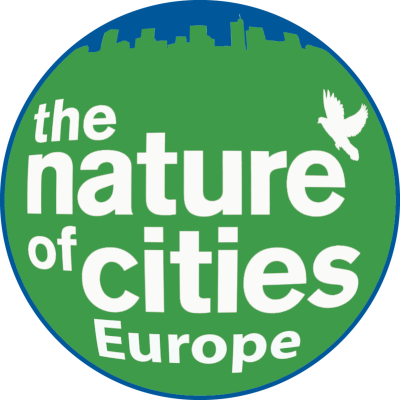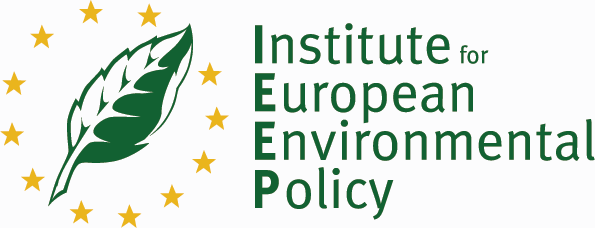Image:

Resource description:
Promoting mental health addresses a global societal challenge. Nature connectedness, or relatedness to natural systems, is associated with increased well-being and mental health. This cross- sectional online study addressed this issue by identifying socio-demographic predictors of urban nature connectedness.
Publication Date: 03 Aug 2022
Author(s): Scho ̈nbach DMI, Tiscareno-Osorno X, MacIntyre TE, Smith S, MacIntyre D, Demetriou Y
Publication date:
Licence:
- Public/open source
Development stage:
- Full, working product
Resource download:
- pone0272344.pdf (415.71 KB)











